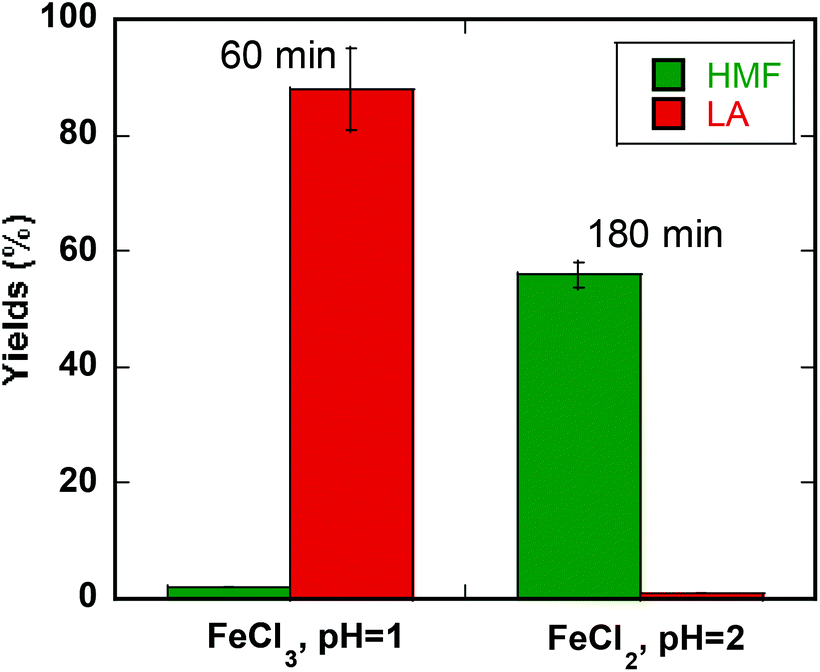

- #Mestrenova purdue install#
- #Mestrenova purdue registration#
- #Mestrenova purdue download#
- #Mestrenova purdue windows#
Get trial licenses to evaluate Mnova (skip this step if you already have your license files) 4 a) Launch the registration process The following dialog, notifying you that some licenses were not found, might appear:Ĥ. On completing the installation, it will prompt you to select "Finish" to run the application.
#Mestrenova purdue install#
This will install the application on your computer.


Once you have chosen the Start Menu Folder as prompted by the installer, click on "Install". We suggest that you accept all the installation defaults. Once you have read and accepted the terms of the License Agreement, click on "Next" and select the destination folder where the program files will be placed in your computer. You will get a message to inform you that uninstall was successful: click 'Continue'. This will uninstall Mnova from your computer. Make sure that this version is closed and click OK and then OK again to confirm. If you had a version of Mnova installed previously, the installer will inform you that it is necessary to uninstall the previous version of Mnova.
#Mestrenova purdue download#
You can download the latest version of Mnova or a previous one here. If you don't have such privileges, you will not be able to install or uninstall the program correctly.
#Mestrenova purdue windows#
(in that case, you will only need to select the atom 10 in f1):įinally click OK and hover the mouse over the atom 23 to see the result (please notice how the assignment table has been automatically filled with the number '10' in the HSQC column, in order to show the correlation between the C-10 and the H-23).Ĭopying several datasets on the same page is also available.If you are going to install the program on a Windows system, be sure you have administrator privileges, because the installation procedure is going to install several files in your system folders. In the example below, you can see the correlation between the two hydrogens and the carbon of the position 12 in a HSQC:Īlso you can carry out assignments to 2D spectra by typing the applicable number of the atom in the 'Assignments Table' or graphically by selecting the atom in the molecule structure and the corresponding signal in the 2D:Ĭlick on the 2D spectra and a new window will be displayed to select the atoms are involved. Once you have assigned the 1H and the 13C spectra, if you open in the same document a 2D-NMR spectrum and you link the spectra (from the Assignments table), you will see the assignments graphically on the screen and hovering the mouse over the atom will highlight the applicable chemical shift. In order to keep the assignments propagation, follow the menu 'View/Tables/Assignments' to select what datasets you want to take into account (in the example below, we have selected the 1H and the 13C NMR datasets). To do that, select the atoms from the Table of molecules by following the menu 'View/Tables/Molecules'. you can also assign a 13C-NMR of the same molecule in the same document. We recommend you to assign your atoms to your multiplet boxes in order to transfer assignments through datasets. In the example below, we have assigned a -CH2 group, so a new window will be displayed to allow us to select which atom we want to assign, 18, 18', both (in blank) or even we can select any other annotation: 18a, 18b, cis/trans, ax/eq, etc:Īssign a multiplet by dragging the mouse to the 'multiplet box' (in this case the name of the multiplet is replaced with the atom number) or to the 'integral curve', as you can see in the picture below: You can also assign a region of the spectrum just by clicking, dragging and releasing the mouse over the desired region. Once the assignment has been made, you will get an atom number label on the chemical shift and hovering the mouse over the atom will highlight the applicable peak in the spectrum and hovering the mouse over the peak will highlight the corresponding atom on the molecular structure. This peak will now be assigned to the atom (which will turn to green). Once your desired peak is highlighted on the spectrum, click on it to assign it. Then follow the menu 'Analysis/Assignment' (or use the shortcut 'A').Ĭlick on an atom on the molecular structure (or a spectrum region) and then release the mouse and drag it to your desired peak. Open your NMR spectrum and load a molecule structure.

Mnova provides a very simple interface to assign your molecule. Note: Do not forget to have a look at our 1H NMR Automatic Assignments Tutorial


 0 kommentar(er)
0 kommentar(er)
